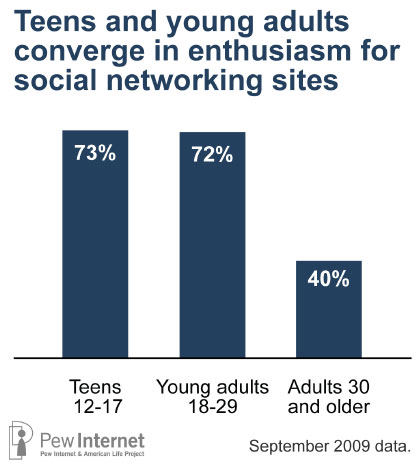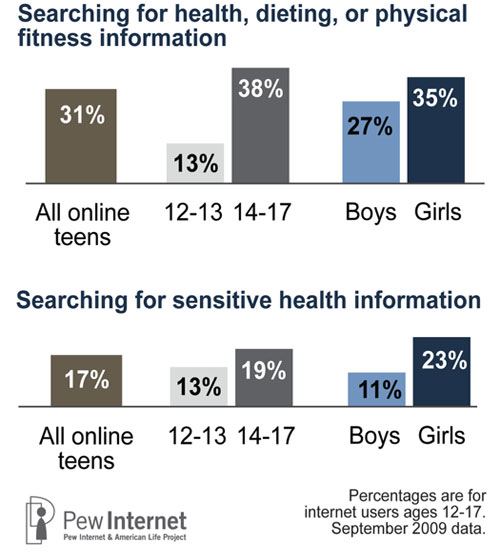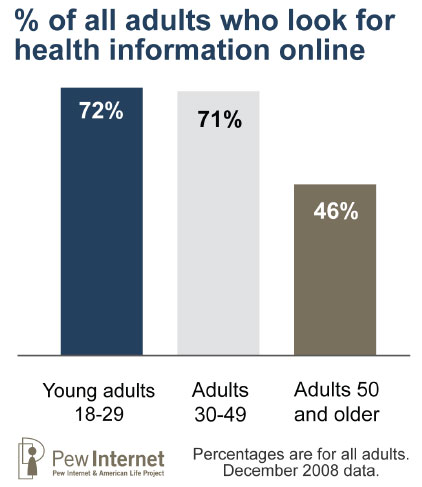This morning a little voice inside my head told me that I need to shoot higher with my goals, and in that moment, I realized that I have not done a very good job of aligning my desires with what I’m ultimately seeking in life. I have focused on short-term goals as of late, and it’s time for me to look a little further out if I ever expect to get there. As the morning progressed, I was fortunate to run across a very inspiring piece of content through Twitter. I took the time to watch and I now have some much needed clarity on what I want to do next.
My friend Sean Wood tweeted about a TED award winner, Jamie Oliver that is advocating for what could prove to be one of the most important movements of our time – teaching kids about food. In his words: “I wish for everyone to create a strong, sustainable movement to educate every child about food, inspire families to cook again and empower people everywhere to fight obesity.” This may not sound very exciting or conjure up the imagery that other major issues in our society bring forth, but trust me – this is a big one. Perhaps this is even the biggest challenge we face in our ‘modern’ society today. Check out this must-watch video (embedded below) and see if you don’t agree. Hopefully it might even change your life.
In recent years, I have come to appreciate food more and certainly have a respect for fresh, local ingredients and home cooking. I prefer to eat food that I have prepared myself or that friends, neighbors, and family have prepared with health in mind over eating out where I am less certain about what is on the plate in front of me. Paying attention to the food that I eat has made a huge difference in my life, and my body is much happier now than it has ever been because of the good fuel that I’m feeding it regularly.
So, what does this have to do with shooting higher? It occurs to me that this movement needs some serious attention and a coordinated effort by many different entities. Governments, corporations, individuals, communities, schools, etc. all need to band together to fix the problems that we are facing in our food supply, which of course cause major health problems that cost everyone a lot of money and ultimately a lot of lives. This is a big problem to tackle that will not be solved easily, so shooting high is necessary to make meaningful progress. How do we start?
We are in an age of hyper-connectedness, which means that spreading the word about any topic you can imagine is easier now than it has ever been, particularly with kids. The recent Pew Social Media & Mobile Internet Use Among Teens and Young Adults Report confirms that kids have more access to the internet and mobile phones more than ever, which of course is no surprise. This provides an incredible opportunity to engage these kids in creative ways and help them understand the concerns and also the opportunities around food. Consider the following statistics and charts:
- Three‐quarters (75%) of teens and 93% of adults ages 18‐29 now have a cell phone.*
- In the past five years, cell phone ownership has become mainstream among even the youngest teens. Fully 58% of 12‐year olds now own a cell phone, up from just 18% of such teens as recently as 2004.*
- As of September 2009, 73% of online American teens ages 12-17 used an online social network website. *

Even more interesting is the fact that kids and adults are actively searching online for information on health and dieting. Check out the charts below:
Now is the time to educate kids and adults on food and its importance to health and well-being. People are looking, so we need to make sure they are finding good information, especially in social and mobile channels, which are clearly important connecting points across a broad spectrum of the population.
I also believe that the opportunity exists to transform the conversation around diet and health due to the extreme attention that has been paid to our health care situation in America as of late. The question is, who will be the key players that can frame the discussion for positive results? I’m inspired by what the First Lady, Michelle Obama is spearheading with the Let’s Move initiative, which focuses on childhood obesity, diet, and exercise. This is the kind of leadership that the issue needs in order to pick up steam. Allison Rose Levy wrote a great article about the initiative yesterday. Check it out here. Looking ahead, who are the brands and organizations that will step up and become a driving force in this area? Perhaps you work for one of them? If so, let’s talk!
The opportunities are rife to expand this conversation with kids and young adults using social and mobile tools, and we need to shoot high to propel the message into the mainstream. My goal with this post is to expand my own thinking and find out who is doing the ground work in this area so I can connect with them and discover how I can plug in. It has been my intention to do meaningful work that makes a positive difference in the world, and I can’t think of a more worthy pursuit than this one.
This is what I’m doing today to shoot higher. What about you? Are there big ideas that you are working on?





